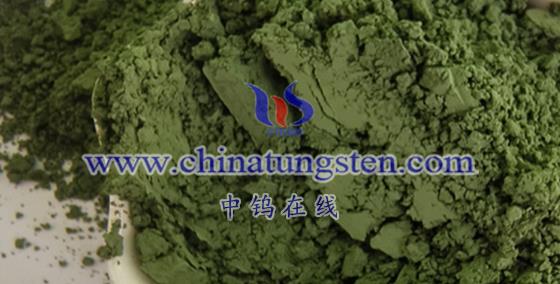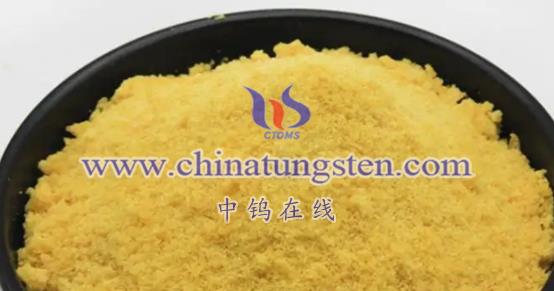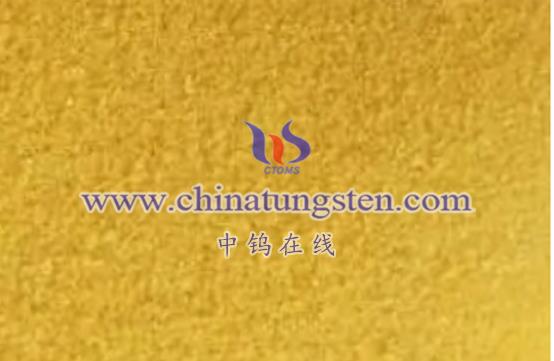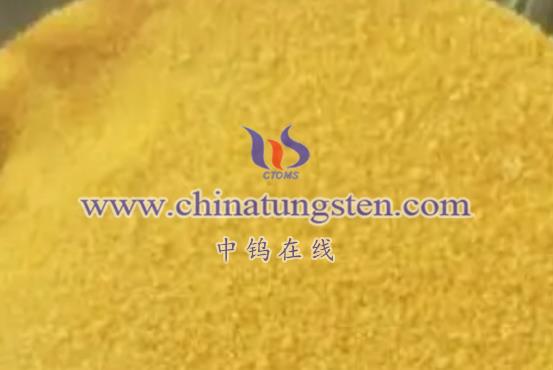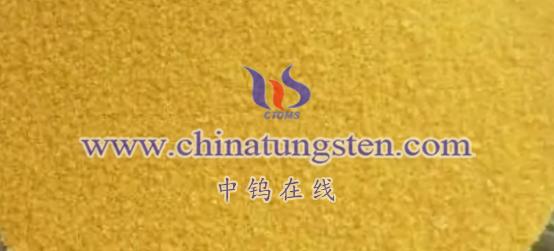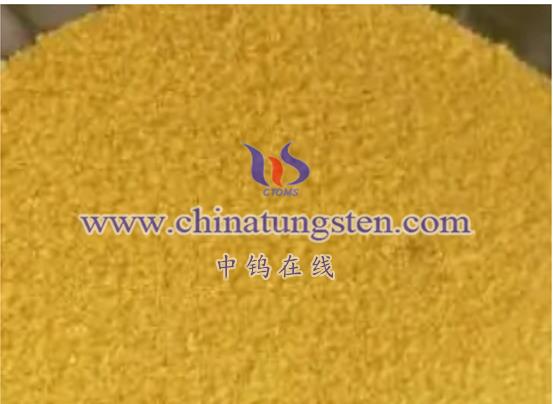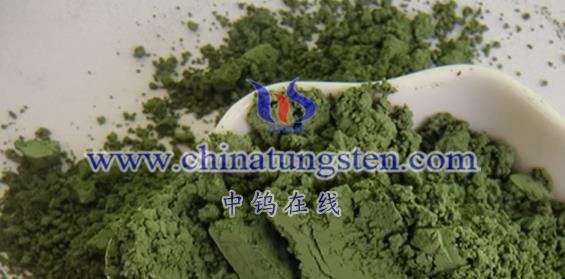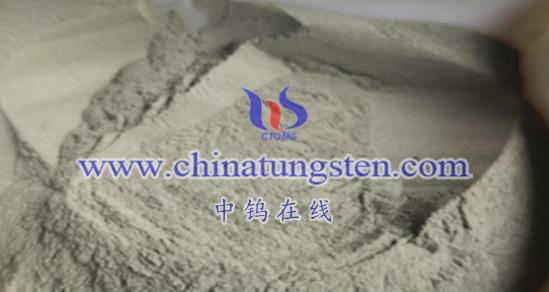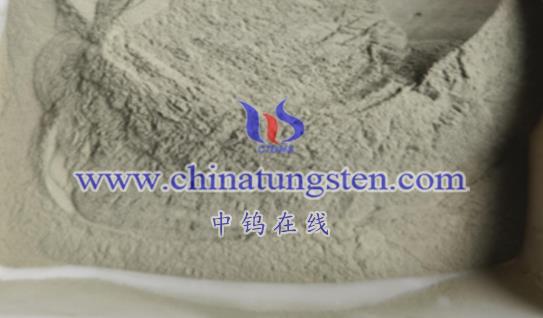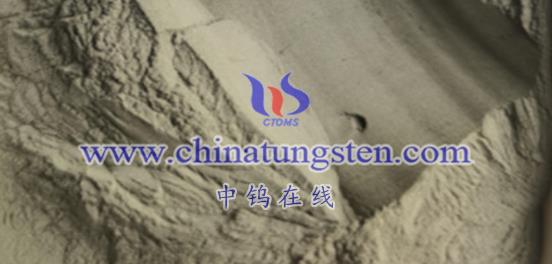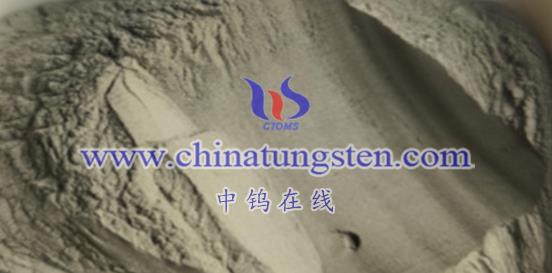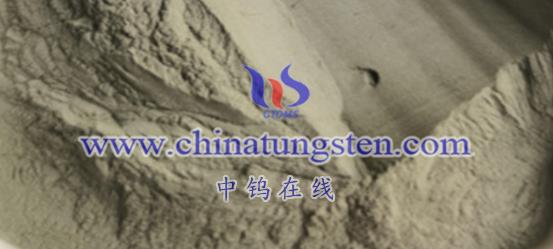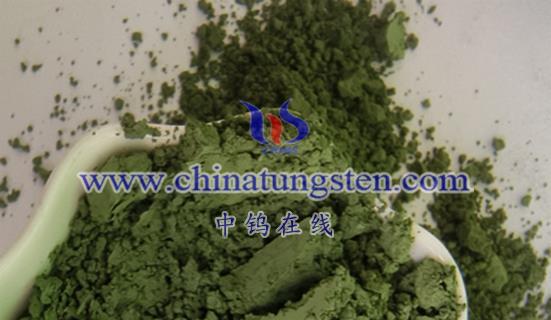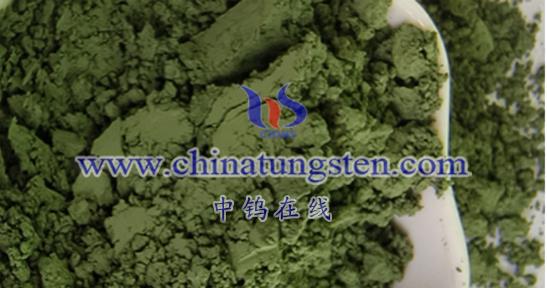 +
+
Nanometer tungsten oxide, particularly tungsten trioxide (WO3), has extensive applications in the field of photoelectron chemistry. Below is a detailed description of its major applications:
- Solar Cells
Application Background
Solar cells convert sunlight directly into electrical energy, and nanometer tungsten oxide plays an essential role due to its excellent optical properties and photoelectric conversion efficiency.
Specific Applications
- Light Absorption Layer: Nanometer tungsten oxide can serve as the light absorption layer in solar cells. It absorbs solar energy and generates photo-induced electrons and holes, leading to photoelectric conversion.
- Electron Transport Layer: In certain solar cell structures, nanometer tungsten oxide can also be used as an electron transport layer, facilitating the transfer and collection of photo-generated electrons within the solar cell.
- Photocatalysts
Application Background
Photocatalysis is a technology that utilizes light energy to drive chemical reactions, and nanometer tungsten oxide is widely used in this field due to its excellent photocatalytic performance.
Specific Applications
- Photocatalytic Water Splitting for Hydrogen Production: Nanometer tungsten oxide can act as a photocatalyst to split water into hydrogen and oxygen under light exposure, enabling hydrogen production.
- Photocatalytic Degradation of Pollutants: It can also be used to degrade organic pollutants in water, such as dyes and pesticides, converting harmful substances into harmless ones, thus purifying the water.
- Photoelectric Sensors
Application Background
Photoelectric sensors convert light signals into electrical signals. Due to its sensitivity and stability in detecting light signals, nanometer tungsten oxide is important for photoelectric sensor applications.
Specific Applications
- Gas Sensors: Nanometer tungsten oxide can be used to make gas sensors by detecting interactions between gas molecules and the surface of the tungsten oxide, allowing for the detection and identification of specific gases.
- Light Intensity Sensors: It can also be used in light intensity sensors, where the light intensity affects the conductivity or resistance of the nanometer tungsten oxide, enabling accurate measurement of light intensity.
- Photoelectrochemical Cells
Application Background
Photoelectrochemical cells convert light energy into chemical energy and store it. Nanometer tungsten oxide has significant applications in these cells.
Specific Applications
- Photoelectrochemical Energy Storage: Nanometer tungsten oxide can be used as an electrode material in photoelectrochemical cells, where it facilitates the conversion of light energy into chemical energy that can be stored. When energy is needed, the stored chemical energy can be released and converted into electrical energy.
- Other Photoelectrochemical Applications
Application Examples
- Photoelectrochemical Corrosion Protection: Nanometer tungsten oxide can also be used to create superhydrophobic surface structures, reducing the contact between moisture and metal surfaces to prevent electrochemical corrosion of metals. This application combines the photoelectrochemical properties of tungsten oxide with surface engineering, providing a novel solution for metal corrosion protection.
Conclusion
Nanometer tungsten oxide has broad application prospects in photoelectrochemistry, including solar cells, photocatalysts, photoelectric sensors, photoelectrochemical cells, and other photoelectrochemical applications. With continuous technological advancements and deeper research, the applications of nanometer tungsten oxide in this field are expected to further expand and optimize.
More details of tungsten oxide product, please visit website: tungsten-oxide.com
Please contact CHINATUNGSTEN for inquiry and order of tungsten oxide:
Email: sales@chinatungsten.com
Tel.: 86 592 5129595
